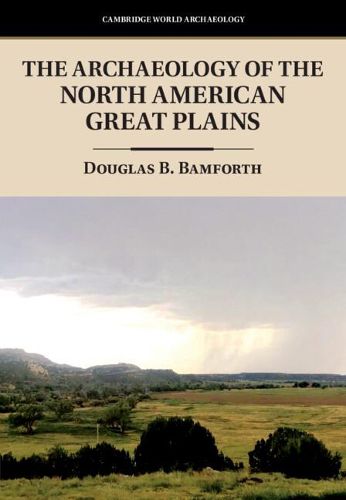Readings Newsletter
Become a Readings Member to make your shopping experience even easier.
Sign in or sign up for free!
You’re not far away from qualifying for FREE standard shipping within Australia
You’ve qualified for FREE standard shipping within Australia
The cart is loading…






In this volume, Douglas B. Bamforth offers an archaeological overview of the Great Plains, the vast, open grassland bordered by forests and mountain ranges situated in the heart of North America. Synthesizing a century of scholarship and new archaeological evidence, he focuses on changes in resource use, continental trade connections, social formations, and warfare over a period of 15,000 years. Bamforth investigates how foragers harvested the grasslands more intensively over time, ultimately turning to maize farming, and examines the persistence of industrial mobile bison hunters in much of the region as farmers lived in communities ranging from hamlets to towns with thousands of occupants. He also explores how social groups formed and changed, migrations of peoples in and out of the Plains, and the conflicts that occurred over time and space. Significantly, Bamforth’s volume demonstrates how archaeology can be used as the basis for telling long-term, problem-oriented human history.
$9.00 standard shipping within Australia
FREE standard shipping within Australia for orders over $100.00
Express & International shipping calculated at checkout
In this volume, Douglas B. Bamforth offers an archaeological overview of the Great Plains, the vast, open grassland bordered by forests and mountain ranges situated in the heart of North America. Synthesizing a century of scholarship and new archaeological evidence, he focuses on changes in resource use, continental trade connections, social formations, and warfare over a period of 15,000 years. Bamforth investigates how foragers harvested the grasslands more intensively over time, ultimately turning to maize farming, and examines the persistence of industrial mobile bison hunters in much of the region as farmers lived in communities ranging from hamlets to towns with thousands of occupants. He also explores how social groups formed and changed, migrations of peoples in and out of the Plains, and the conflicts that occurred over time and space. Significantly, Bamforth’s volume demonstrates how archaeology can be used as the basis for telling long-term, problem-oriented human history.